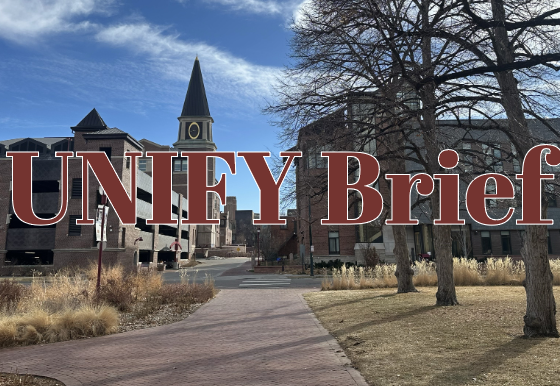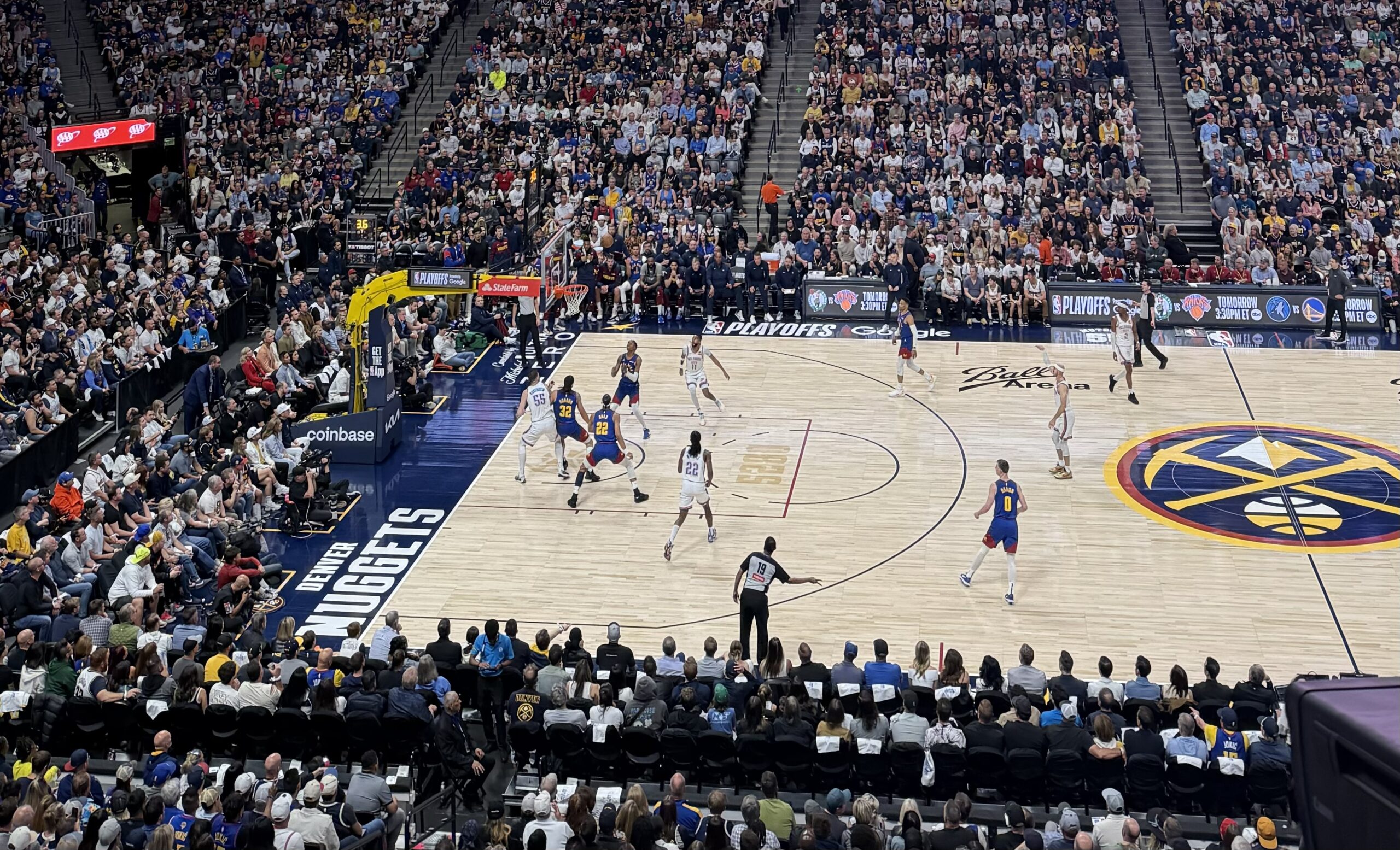Just over one week from today, a campaign cycle stretching over two years will finally end; no more political ads, no more political phone calls, no more discussion about Colorado being a “battleground” state.
The hope is, however, that in the last days of this election, new and young voters will make it to the polls.
The idea is that increased youth voter turnout will form “a new base from which to govern,” or so says Steve Scully, C-SPAN political editor and DU adjunct faculty member Steve Scully.
If the visits from four presidential and three senatorial candidates, or the stops made by several campaigns to just the DU campus over the past year is not an indication of the importance of the youth vote in this so-called “battleground” state, one may wonder why anybody visited at all.
Michelle Obama told The Clarion in September, “This election will decide the course of a generation.”
So, according to Scully, the youth vote has been very important to the campaigns, especially for Democrats.
“From the day that Barack Obama has opened his campaign, he put a premium on registering new voters,” said Scully.
Senior John McMahon was just one of the people helping Students for Barack Obama register voters this fall.
“This has been the most comprehensive effort, possibly ever,” he said.
Early reports did indicate that voter registration is up across the state, and that many of those new voters fit younger demographics.
Still, Scully said that even the best registration numbers won’t mean much to an election unless people show up to the polls.
“The key to this election is, if the young people actually vote. Historically, they tend not to,” he said, pointing to the trend of middle-aged and retired persons having higher turnout than younger voters.
According to the Center for Information and Research on Civic Learning and Engagement (CIRCLE), a nonpartisan institute dedicated to analyzing youth participation, only half of Colorado’s eligible youth population actually voted in 2004.
That equates to about 325,000 young people between the ages of 18-29 casting ballots.
According to the Colorado Secretary of State, President George Bush won Colorado that year, against Sen. John Kerry, by 99,531 votes. That is just below one-third of the votes that weren’t cast by young Colorado voters.
Colorado has nine electoral votes; had it swung for Kerry in 2004, it would not have put him over the top.
But, if what the voter-outreach and presidential campaigns say is true of the youth vote, and more of us had shown up in 2004, it could have definitely influenced the political landscape.
Scully emphasizes that Colorado is still a battleground and that the polls across the country are not necessarily reflective of what is happening in the last days of the election.
“I think this race is closer than the polls have indicated,” he said.
Recent polls show Obama up by six to ten points in Colorado, but senior Kevin Poyner agrees that the race can go either way.
As Chairman of the College Republicans, Poyner has been active in getting out the vote, especially among young people.
“The youth have a lot of power, they just don’t utilize it,” he said. Especially this year, he says young people have been very involved in donating their time and money to campaigns.
“They just need to show up at the polls,” he said.
Thinking about the numbers in 2004, as well as the amount of time and money many students-if not many campaigns-have put into this two-year stretch of an election cycle, the youth vote seems to matter.
The end is near, but according to campaigns, political journalists and student activists alike: the time has come for students to actually vote.
If students are not registered to vote by mail, early voting is open in Denver through Friday. Tuesday, Nov. 4 is Election Day, when polls are open from 7 a.m. to 7 p.m.
Check www.denvervotes.org to see the vote centers closest to the university.











